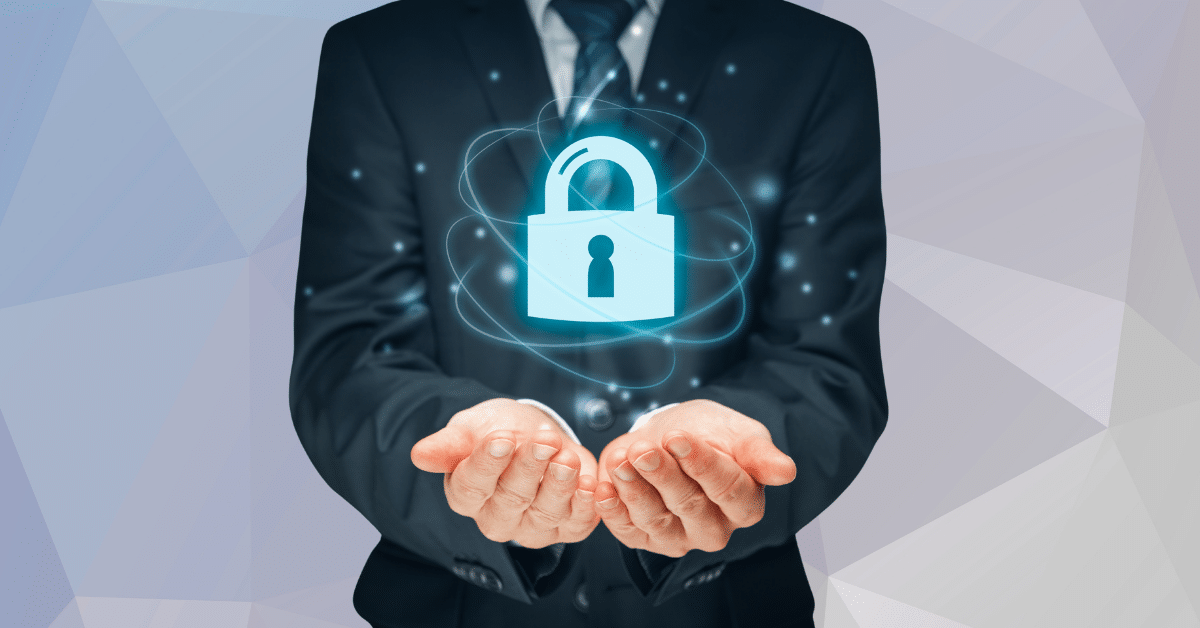Why this matters more than ever
A few years ago, an Atlanta medical practice felt it had everything under wraps—until one worker clicked on a seemingly innocuous e-mail. In a matter of hours, sensitive patient data was leaked, regulators got involved, and the practice was left with fines, damage control, and a bruised patient confidence. One inadvertent click had started a chain reaction.
That tale is no longer uncommon. Any business, large or small, now exists in a universe where an accidental password or a careless download can snowball into a front-page issue. Cybersecurity compliance training is what prevents those minor missteps from becoming catastrophes. It’s not about getting through audits; it’s about keeping individuals, connections, and reputations protected.
The Everyday Risks Employees Face Online
The problematic aspect is that most individuals don’t feel they are a member of the security team. They think, “I just respond to emails” or “I don’t handle sensitive information.” That type of thinking makes companies vulnerable, because the weakest link is typically the one who believes they don’t contribute.
And let’s be honest—compliance training doesn’t exactly have the best track record. If it resembles a dull slideshow of regulations, employees switch off. Combine that with the tiredness of repeated logins and reminders, and it’s no wonder that people take shortcuts. The hard part is making training relate to day-to-day work so employees see the connection between little habits and big repercussions.
Small things such as making good passwords, not using unsecured wireless internet, or double-checking questionable emails are easy steps that don’t look like much until a company’s defenses rest on them. Unbeknownst to employees, they open doors for cyber attackers without knowing. Training fills the gap by shutting those doors.
Why Cybersecurity Training Is Essential to Businesses Now
The attacks are sharper and quicker than ever before. IBM’s 2023 report revealed the average breach cost rising above $4 million, but the true loss is oftentimes more difficult to quantify: customer trust. Once individuals perceive that their data isn’t secure, winning them back is practically impossible.
Work itself has also evolved. Remote workers, personal devices, and cloud applications imply a company’s perimeter is everywhere—and nowhere. That password written on a sticky note on the home office desk is now a significant risk. The fact that one employee using the same password for all platforms can endanger an entire organization is alarming.
This is why cybersecurity compliance training can’t be an afterthought. When training is continuous and contextual, individuals cease considering cybersecurity a burden and begin to make it second nature.
The Compliance Regulations Businesses Can’t Ignore
Regulators across such industries as healthcare, finance, and retail aren’t suggesting—these are mandates being issued. HIPAA, GDPR, PCI DSS: these aren’t acronyms to remember, they’re mandates that can cost millions if disregarded.
But compliance isn’t just about avoiding fines. It’s about values. Customers notice when a business takes data protection seriously. A company that invests in training communicates something powerful: “We’re not just protecting ourselves. We’re protecting you.”
Think about industries that rely on trust—banks, hospitals, retailers. A single misstep can undo years of relationship-building. Compliance training isn’t a legal box to check—it’s a reputation shield.
Best Practices for Cybersecurity Compliance Training
The good news? Training doesn’t have to be overwhelming. The best programs are simple and fit into the flow of daily life.
- Micro-lessons: Short bursts of training delivered in five-minute segments often stick better than marathon sessions.
- Scenario-based learning: Real-life examples—like someone plugging in a random USB drive—make lessons more memorable.
- Ongoing refreshers: Instead of one big session once a year, businesses are finding quarterly touchpoints or monthly reminders far more effective.
- Accessible resources: Quick-reference guides or FAQs accessible at any time.
When individuals know where to locate answers and feel supported, they make better decisions in times of stress.
Building a Cybersecurity Culture, Not Just a Checklist
What actually gets behavior changed is culture. When leadership practices multi-factor authentication, sends suspicious emails to the report line, and speaks openly about security, employees take notice. When peers call out each other—such as reminding a co-worker not to share a password—it makes good habits the norm.
It builds a culture over time where security is everyone’s responsibility. It ceases to be about “compliance needs” and becomes about safeguarding each other.
Culture is infectious. When cybersecurity is a team effort and not a corporate chore, employees are more engaged, more vigilant, and more committed.
Real-World Examples of Cybersecurity Compliance Training in Action
One New York financial company chose to make its training more personalized. Rather than dry slides, employees were encouraged to recount their own experience of when accounts had been broken into or when they’d been caught by scams. Suddenly, the lessons weren’t theoretical. They were personal. In just six months, the success rate of phishing plummeted.
Conversely, a California manufacturer believed cybersecurity training was not necessary for their business. Hackers did not agree. A ransomware attack froze their systems for two weeks, cost them millions in downtime, and attracted regulators onto their backs. The hard-won lesson? Training is not optional—it’s about survival.
These tales point to a larger reality: cybersecurity training is not only for technology firms. All companies—be it a neighborhood clinic or a worldwide logistics company—have risks. The question is merely whether they are ready.
Making Cybersecurity Training Continuous and Effective
Cybersecurity isn’t something you check off once a year. It’s a habit you reinforce. Spot checks and quick audits catch small issues before they snowball. Giving employees a safe way to ask questions prevents silence from turning into risk. And tailoring training by role means people get what they need without drowning in irrelevant details.
For instance, finance departments might require additional emphasis on phishing and fraud. IT personnel might require intensive training in patching and system updates. Customer-facing staff might require straightforward dos and don’ts when it comes to customer data. Tailoring ensures relevance.
Fêting victories matters, too. Whenever someone catches a phish or comes up with an improvement to the way sensitive information is managed, highlight it. Security buys compliance with a little positive reinforcement.
Cybersecurity Compliance Training as a Business Investment
Far too often, leaders view training as expense. The truth is, it’s an investment with quantifiable returns. Avoiding just one breach saves millions. More crucially, it maintains customer trust—a currency every business can ill afford to lose.
Better-trained staff are more self-assured too. They spend less time wondering suspicious circumstances and more time concentrated on productive activity. That assurance increases efficiency, lessens stress, and creates a safer work environment.
Final Takeaway: Why Every Business Needs Cybersecurity Training
Cybersecurity compliance training isn’t a box to tick—it’s the shield every business needs in a digital world full of risks. Every employee, from the receptionist to the CEO, has a role to play in keeping doors closed to attackers. Training is what prepares them to do it well.
For executives, the message could not be more plain: don’t wait for a breach or a regulator warning to get serious about training. Make it a part of the culture now. It’s an investment not only in technology, but in people—and in the trust that holds a business up.














